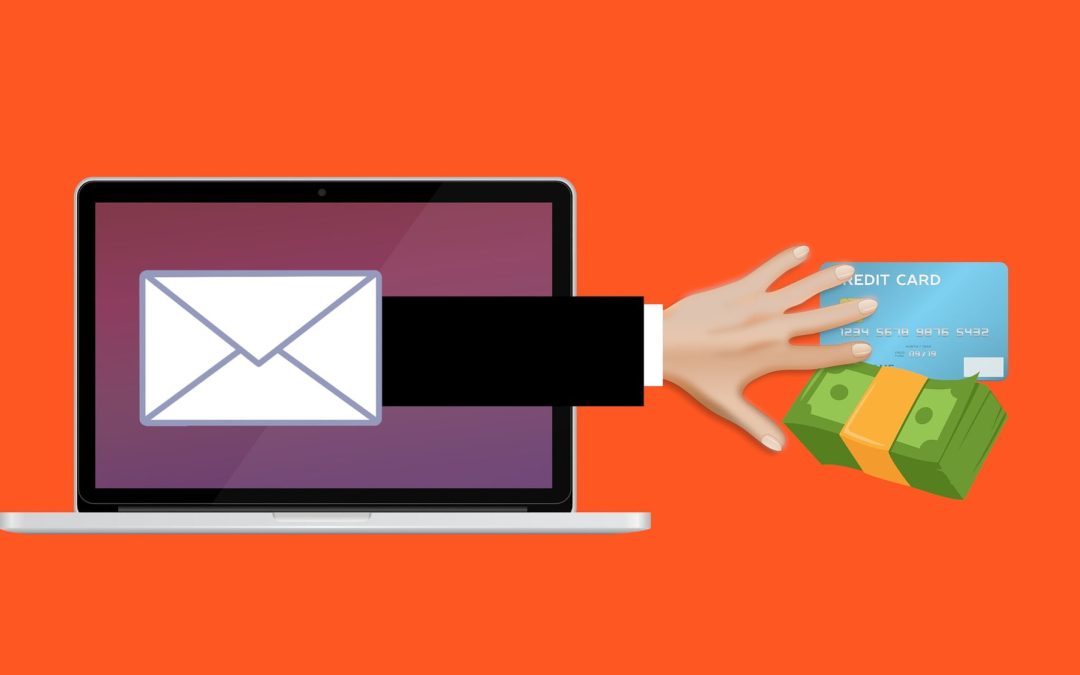Introduction:
The rise of technology has rendered email essential for both our personal and professional lives. However, the simplicity of email communication comes with the chance of encountering a variety of email threats, such as spam, fraud, and phishing attempts. Your identity, money savings, and data may all be in danger due to these malicious acts. In this blog article, we will look at how to spot and prevent email hazards so that you may stay safe and secure online.
Understanding Different Email Threats:
Before we talk about preventative methods, we must first understand the different email threats that lie in our inboxes:
- Spam: Spam emails are unsolicited bulk messages that promote products, services, or fraudulent schemes.
- Scams: These scams use deceptive email messages to trick their victims into providing private information like passwords or bank information.
- Phishing: Phishing emails impersonate legitimate organisations, such as banks or popular websites, and then attempt to trick recipients into revealing sensitive information or clicking dangerous links.
Spotting Red Flags:
The first line of defence against email threats is learning to spot red flags in suspicious emails:
- Sender’s Address: Carefully examine the sender’s email address. Legitimate companies will utilize domain names that correspond to their actual websites. Be cautious of email addresses that contain misspellings or odd domain extensions.
- Fear and Urgency Tactics: Scammers frequently exploit fear and urgency to compel receivers into taking immediate action. Be cautious of topic lines such as “Urgent Account Update Required”, “Your Account Will Be Closed”, or “Confirm your email address.”
- Poor Grammar and Spelling: Many phishing attempts are made by non-native English speakers or automated systems, resulting in grammatical and typographical problems.
- Suspicious Links: Hover your cursor over any links in the email to see the exact URL (without clicking). Avoid clicking if it appears suspicious or unconnected to the actual sender.
- Sensitive Information Request: Legitimate companies will not generally request sensitive information through email. Be cautious of emails that request passwords, Aadhaar, PAN, Passport, other numbers, or your financial information.
Strengthening Your Email Security:
Take these preventive measures to protect your privacy and your data:
- Use a Trustworthy Email Provider: Go for an email service with robust security measures, spam filters, and advanced threat detection.
- Enable Two-Factor Authentication (2FA): Add 2FA to your email account for more security.
- Update software regularly: Update your email client, operating system and antivirus software to protect against the latest attacks.
- Be cautious of Email Links and Attachments: Only click on links and download attachments from trusted sources. Before opening attachments, use antivirus software to scan them.
- Educate Yourself and Other People: Share email security best practices with friends, family, and colleagues to help establish a safer online community.
Conclusion:
Spam, phishing, and other email dangers are continuously developing, getting more complex and difficult to spot. However, by training yourself with the knowledge and awareness provided in this blog post, you may better protect yourself and your sensitive information from falling into the hands of the wrong people. You may enjoy the benefits of email communication while avoiding email risks by being watchful and following the best practices outlined here. Stay careful, and enjoy emailing!

